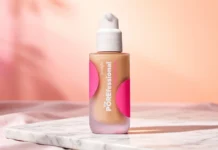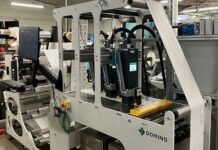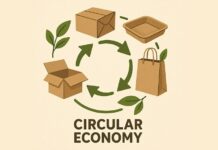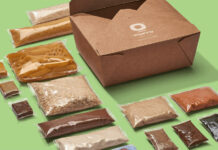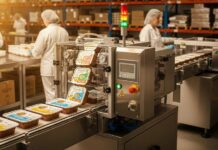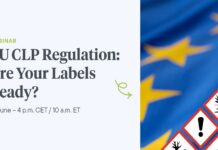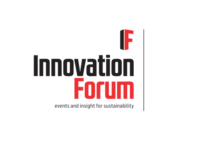The evolution of pharma packaging has always mirrored the healthcare sector’s needs. Pharmaceutical companies prioritize packaging that:
- Meets storage specifications to keep drugs uncontaminated
- Complies with stringent regulations
- Facilitates efficient market distribution
During the peak of COVID-19, these traits were crucial. Now, as the global economy and supply chains regain stability, the industry must shift focus to the environmental footprint of its packaging.
The pharma sector is a significant CO2 emitter, outpacing even the automotive industry in greenhouse gas (GHG) emissions. If worldwide healthcare were a country, it would rank fifth in GHG emissions. Drug production and pharmaceutical energy consumption are major contributors, but about 75% of emissions come from the value chain (Scope 3). A substantial part of these Scope 3 emissions, around 15%, stems from packaging. How did we get here?
Traditionally, primary pharma packaging uses plastic or metal. Blister packs for cold or allergy medications, for example, require oil and metal extraction, followed by energy-intensive manufacturing to protect the drugs. Once used, these packs end up in landfills, as they aren’t recyclable. This scenario repeats industry-wide because protecting the package’s contents is paramount.
Consumers, including pharmaceuticals, are increasingly mindful of sustainability, which influences their choices. They demand transparency from companies about environmental impacts and steps to mitigate them. Financial institutions also push for more transparency on environmental risks. Globally operating companies must meet international regulations. As a result, pharmaceutical firms are setting emission-reduction targets. The number of life sciences companies committed to Science-Based Targets initiative (SBTi) goals rose from 7 to 104 from 2019 to 2022.
Given the significant emissions from the pharmaceutical value chain, companies are targeting Scope 3 emissions. This includes addressing packaging as a key emission source and exploring reduction strategies. Safety regulations often restrict primary packaging to materials that offer impermeable barriers, like plastic or metal, making sustainability gains more feasible with secondary packaging.
Secondary packaging, although often overlooked, plays a crucial role. It must shield the product from temperature, light, moisture, gases, rough handling, and microbial contamination, using non-hazardous materials that won’t leach into the drug.
So, what sustainability improvements can we achieve within these constraints?
Here are four suggestions:
- Use Renewable Materials: Secondary packaging should be made entirely from renewable resources. While plastics may be ideal for primary packaging, non-fossil-based options for secondary packaging are more sustainable.
- Enhance Material Efficiency: Efficient use of materials means less raw material extraction, reduced energy and water usage during production, lighter transportation loads, and less landfill waste.
- Partner with Green Suppliers: Choose suppliers who have reduced their production emissions by switching to bio-based energy or improving operational efficiency.
- Design for Recyclability: Secondary packaging should be recyclable in standard waste streams. This usually requires a mono-material, paper-based design.
McKinsey’s recent study indicates that redesigning packages or adopting low-carbon materials could cut up to 90% of packaging emissions by 2040.
Paperboard is widely used for secondary packaging in pharma due to its ability to meet necessary requirements. In the U.S., solid bleached sulphate (SBS) and coated recycled board (CRB) dominate the market in terms of printability and perceived sustainability. However, these boards are heavier and often produced with fossil-based energy.
Metsä Board’s carbon footprint assessments, verified by the IVL Swedish Environmental Research Institute, compared SBS and CRB with Folding Boxboard (FBB). FBB, known for its printability and lightweight strength, can reduce packaging carbon footprints by over 50% compared to SBS and over 60% compared to CRB. These reductions happen to be due to FBB’s light design as well as its production with 90% fossil-free energy.
Balancing sustainability with product safety and efficacy in pharma packaging is now achievable. Pharmaceutical companies must seize this opportunity to minimize value chain emissions and play a pivotal role in combating climate change.



